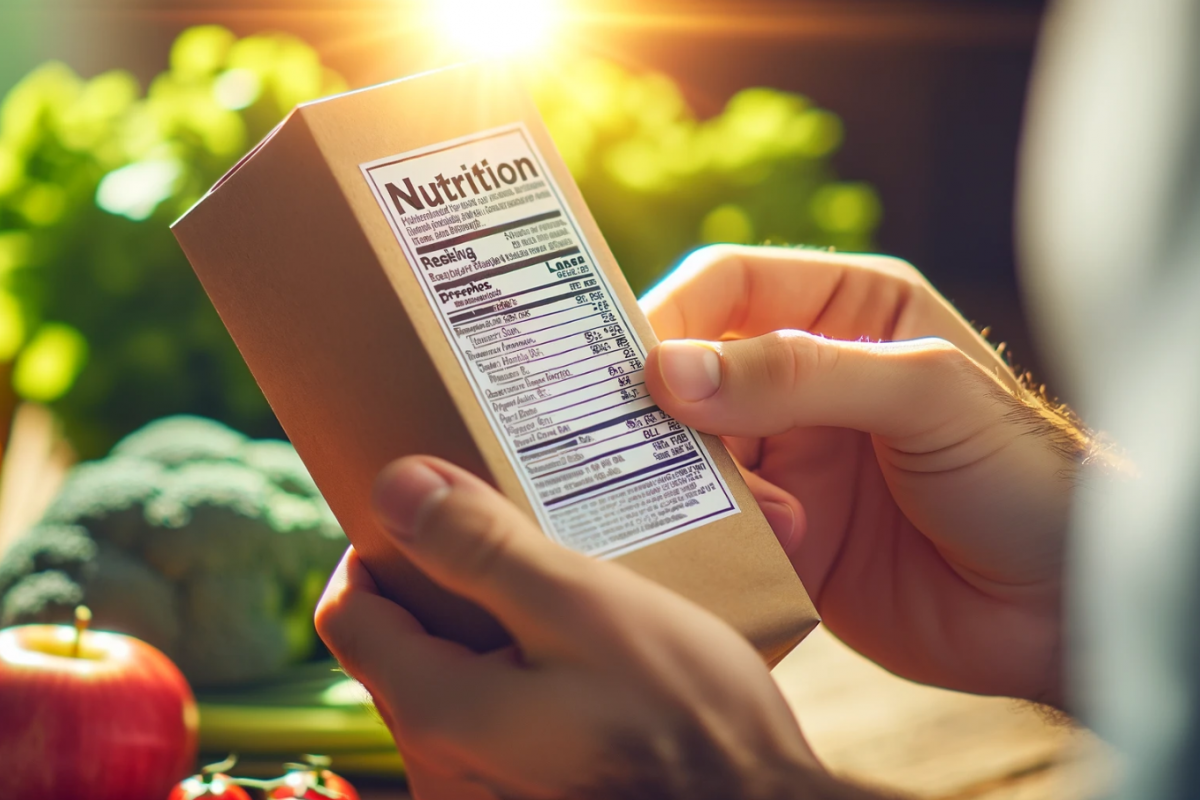
Transparent Labeling: The New Norm in Food Retail
In today’s food retail landscape, transparency is not just a buzzword; it’s a fundamental shift in how products are presented to consumers, particularly to the younger generations making up a growing segment of the marketplace. This societal shift towards transparency reflects a deeper understanding of and demand for authenticity in food labeling, a trend that food manufacturers cannot afford to ignore.
As highlighted by Food & Wine Magazine, “Consumers are increasingly attuned to phrasing…the [Gen Z] demographic is highly suspicious of nebulous health claims and buzzwords…” This scrutiny is not without reason. Younger consumers, informed and empowered by endless access to information, are demanding greater clarity from food brands. They are not just looking at labels; they are researching what those labels actually mean, seeking out products that are honest about their contents and the health implications thereof.
For food manufacturers, this shift necessitates a reevaluation of how they approach product development and marketing. The trend is clear: be honest with your claims. If a product is marketed as a healthier option, it must be backed by genuinely healthy ingredients. Consumers are doing their homework, and any disconnect between claims and reality can quickly lead to lost trust and tarnished reputations.
Moreover, this demand for transparency extends beyond health claims. As Mintel advises, brands need to recognize the value in honesty about indulgence. “Rather than developing ‘better for you’ versions of highly processed foods and drinks, Mintel counsels that brands will need to ‘remind consumers of the joy and comfort they get’ when they’re indulging in these high fat, sugar, and salt (HFSS) treats because, to everyone’s complete lack of shock, folks like eating these goodies no matter what.” This advice underscores a broader truth: authenticity in marketing should embrace the full spectrum of food experiences, from health-conscious choices to the simple pleasure of indulgence.
The rising tide of transparent labeling is not a trend to be outmaneuvered with clever marketing but a fundamental shift towards greater honesty in the food industry. By embracing transparency, manufacturers can build deeper trust with consumers, particularly those younger shoppers who are not only skeptical of unfounded claims but are also poised to become the most influential consumer demographic in the market.


